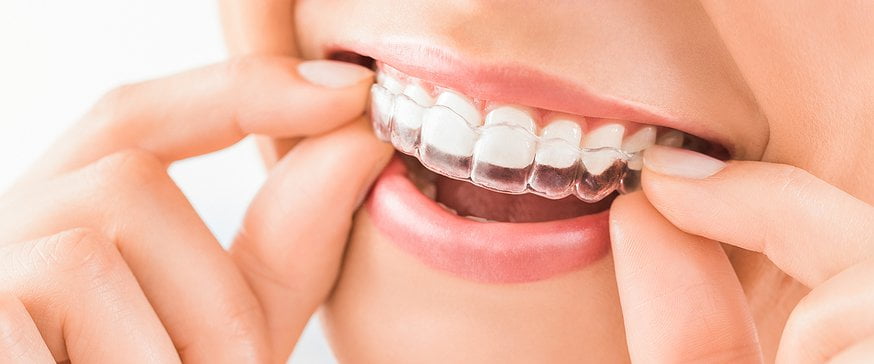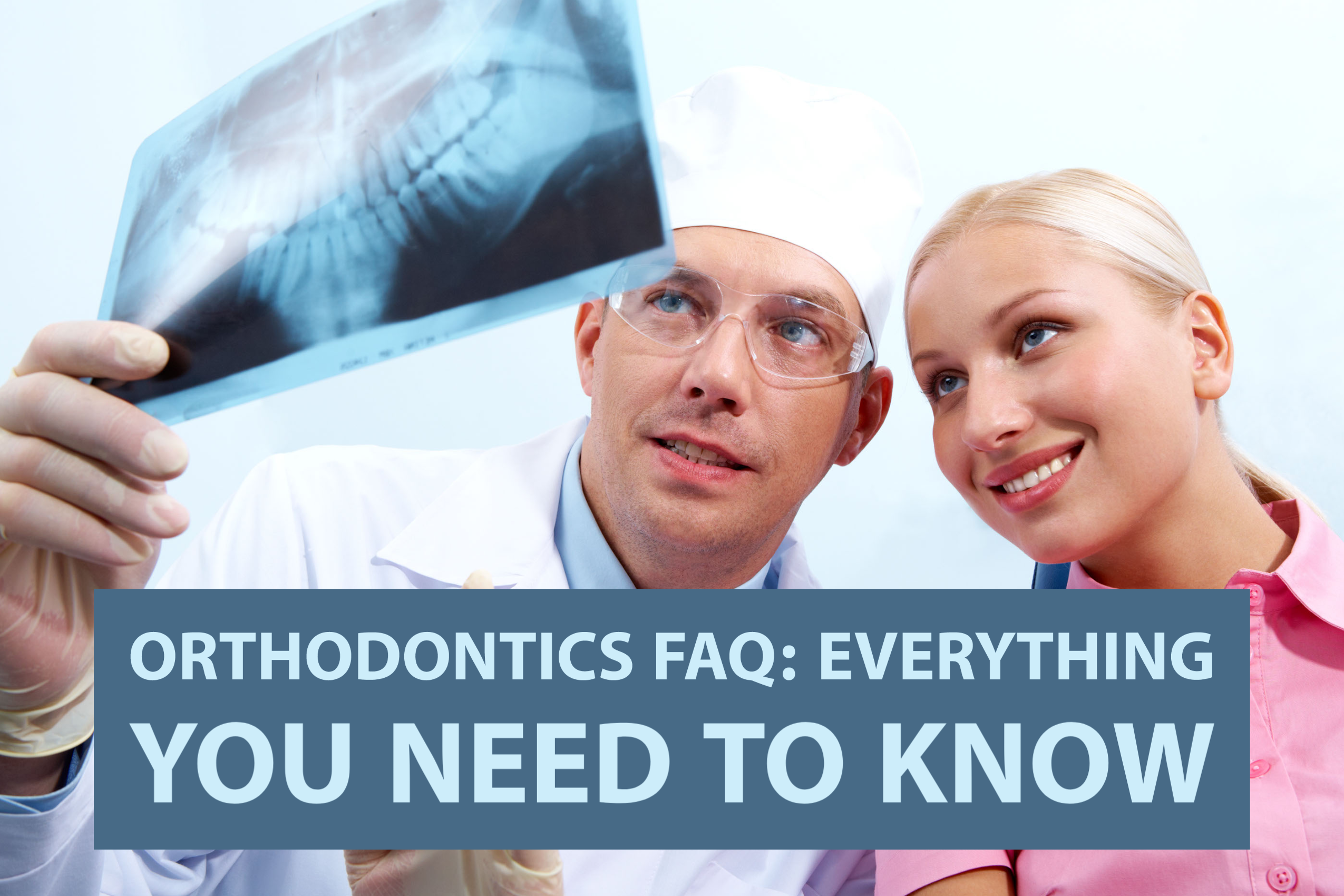The Basic Principles Of Legacy Orthodontics
The Basic Principles Of Legacy Orthodontics
Blog Article
The smart Trick of Legacy Orthodontics That Nobody is Talking About
Table of ContentsAll about Legacy OrthodonticsLegacy Orthodontics - QuestionsThe Facts About Legacy Orthodontics UncoveredLegacy Orthodontics Things To Know Before You Get ThisWhat Does Legacy Orthodontics Mean?
In addition, we offer adjustable therapy routines, versatile repayment choices and a fun, enjoyable experience.An orthodontist is a dental expert trained to diagnose, avoid, and deal with teeth and jaw irregularities. They deal with existing problems and are trained to recognize problems that might develop in the future. Orthodontists deal with individuals of any ages, from youngsters to grownups. Individuals commonly link a perfect smile with great health and wellness.
Malocclusion, or misaligned teeth, can result in oral problems, including tooth degeneration, periodontal condition, and tough or unpleasant chewing. Not everyone is birthed with straight teeth. If you have a negative bite or big areas in between your teeth, you may wish to get in touch with a dental expert focusing on orthodontic treatment.
Getting My Legacy Orthodontics To Work
( Photo Credit Score: DigitalVision/Getty Images) Orthodontists use dealt with and detachable dental gadgets, like dental braces, retainers, and bands, to transform the position of teeth in your mouth. Orthodontic therapy is for dental abnormalities, including: Misaligned teethBite troubles, like an overbite or an underbiteCrowded teeth or teeth that are also far apartJaw misalignmentThe objective of orthodontic therapy is to boost your bite.
A healthy bite ensures you can consume, eat, and speak appropriately. While you could think about orthodontists as mostly for children or young adults who need dental braces, they can fix oral problems at any age. Orthodontists attend college, oral college, and orthodontic school. After graduation, they spend 2 or 3 years in an orthodontic residency program.
All orthodontists are dentists, but not all dental professionals are orthodontists. Orthodontic residency programs offer intensive, concentrated instruction for dental specialists. They focus on two areas: How to correctly and safely relocate teeth How to effectively direct development in the teeth, jaw, and faceOnce an orthodontist has actually finished training, they have the choice to end up being board accredited.
The smart Trick of Legacy Orthodontics That Nobody is Talking About
Misalignment, or malocclusion, is one of the most typical factor people see an orthodontist. It is genetic and is the result of dimension distinctions between the top and reduced jaw or between the jaw and teeth. Malocclusion leads to tooth congestion, an askew jaw, or irregular bite patterns. Malocclusion is normally treated with: Your orthodontist attaches metal, ceramic, or plastic square bonds to your teeth.
If you have only minor malocclusion, you might be able to utilize clear dental braces, called aligners, as opposed to standard dental braces (https://packersmovers.activeboard.com/t67151553/how-to-connect-canon-mg3620-printer-to-computer/?ts=1727695183&direction=prev&page=last#lastPostAnchor). Some individuals need a headwear to aid move teeth right into line with pressure from outside the mouth. After dental braces or aligners, you'll need to put on a retainer. A retainer is a custom-made device that maintains your teeth in position.
They're frequently utilized on youngsters. They can create additional room in the mouth without having to draw teeth. If you have a major underbite or overbite, you may require orthognathic surgical treatment (additionally called orthodontic surgery) to extend or shorten your jaw. Orthodontists use cords, surgical screws, or plates to support your jaw bone.
You may require to see an orthodontist if you have: Crowding or otherwise enough space for every one of your teethOverbite, when your top teeth come your bottom teethUnderbite, when your bottom teeth are too far forwardSpacing or problems with gapsCrossbite, which is when your upper teeth fit behind your bottom teeth when your mouth is closedOpen bite or an upright void in between your front bottom and upper teethMisplaced midline, when the facility of your base and top teeth do not line up Correcting a dental malocclusion can: Make biting, chewing, and speaking easierImprove the symmetry of our face and your general appearanceEase pain from temporomandibular joint conditionsDifferent your teeth and make them less complicated to clean, aiding prevent dental caries or tooth cavities It's commonly a dentist that initially notices misaligned teeth during a routine exam.
Some Known Details About Legacy Orthodontics

Throughout your initial orthodontic consultation, you'll likely have: An oral examPhotos taken of your face and smileDental X-raysPanoramic (360 degree) X-rays of your face and headImpressions to produce molds of your teethThese tests will help your orthodontist know just how to continue with your therapy. orthodontist. An orthodontist is a dentist who's had training to treat your teeth and jaw
Orthodontists might carry out surgical treatment, exams,X-rays,and more to assist you acquire a much more comfy, healthier smile. An orthodontist is concentrated on your bite, so something like a chipped tooth would be taken care of by a dental expert. Orthodontists are dentists yet not all dental experts are orthodontists. Orthodontists are concentrated on your bite, or the way your teeth fit with each other, and the straightness of your teeth.
Ever before wondered how celebs constantly appear to have flawlessly straightened teeth? The solution often lies in the experienced hands of an orthodontist. Yet exactly what does an orthodontist do? Orthodontists are dental specialists who concentrate on remedying abnormalities in the teeth and jaws. Their proficiency goes past just producing a gorgeous smile; it encompasses enhancing your total oral health and function.
The Ultimate Guide To Legacy Orthodontics

, orthodontists have a diverse toolkit at their disposal. These reliable dental braces use a system of braces adhered to the teeth and connected by cables.
Clear aligners, like Invisalign, are a popular option for patients looking for an extra discreet therapy choice. These removable trays are personalized to progressively shift the teeth's position. Headwear might be made use of along with braces or aligners to apply extra targeted pressures, specifically for correcting jaw inconsistencies. In cases of narrow jaws, palatal expanders can be utilized to create space for correct tooth placement.
Report this page